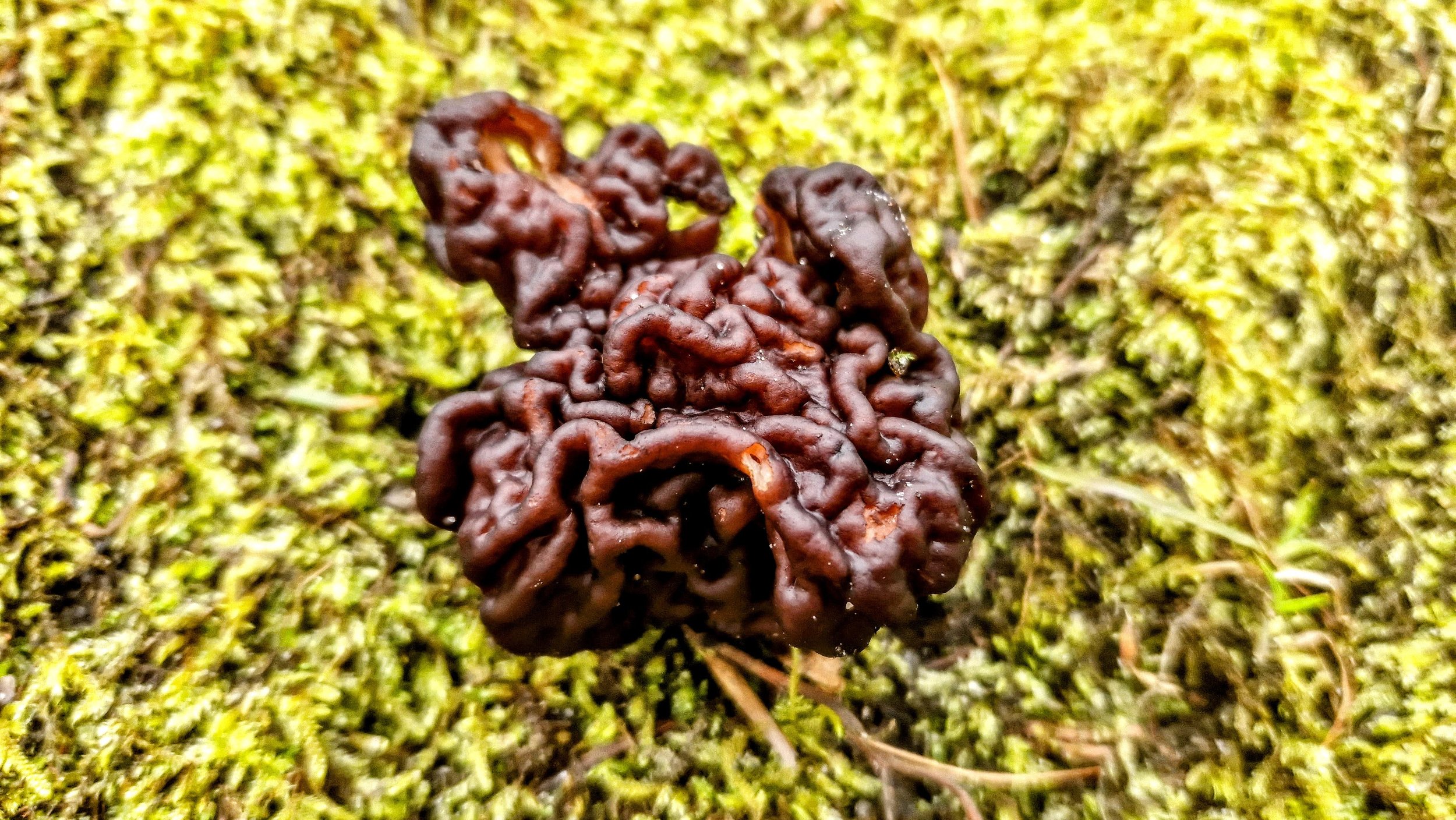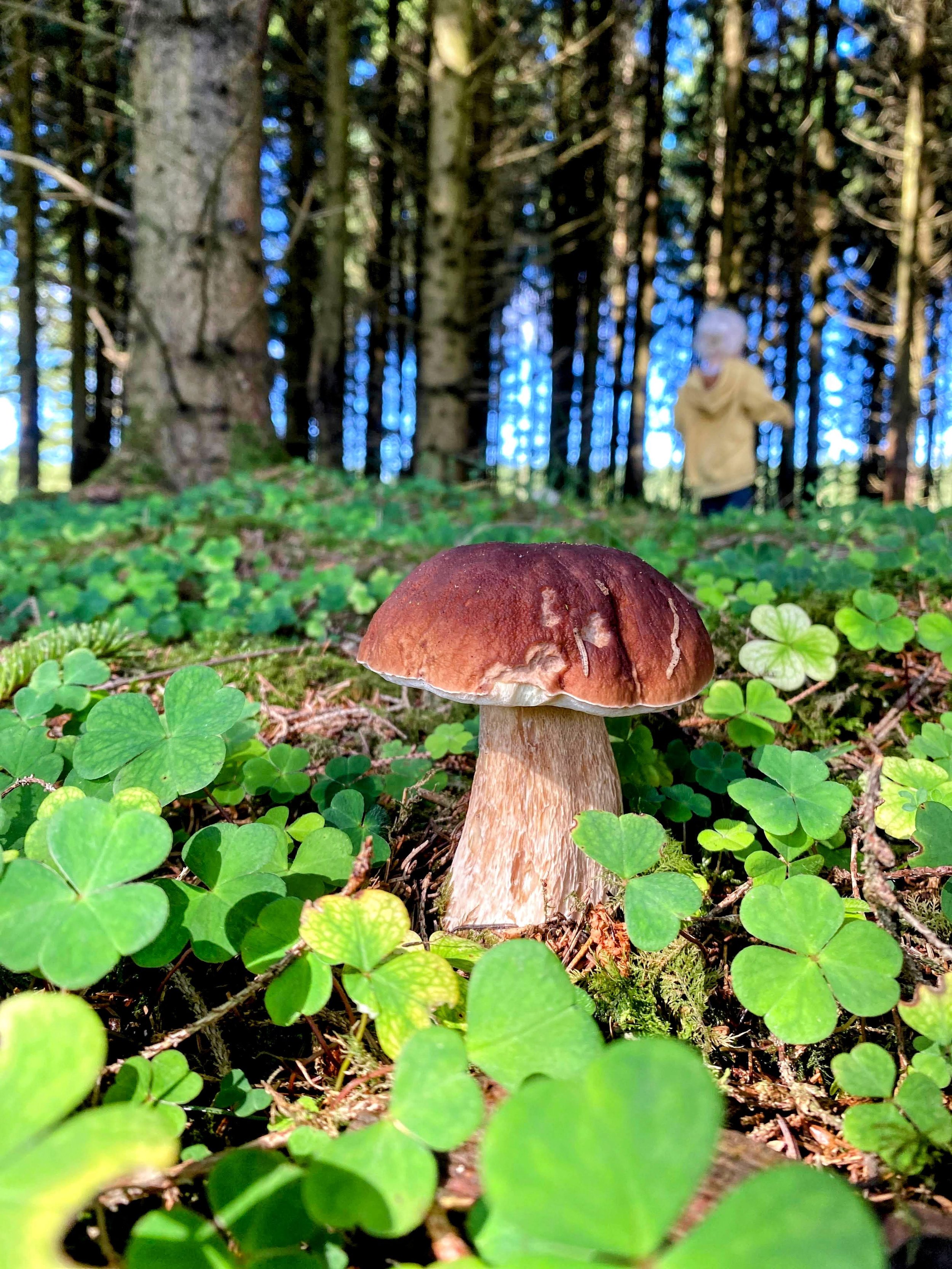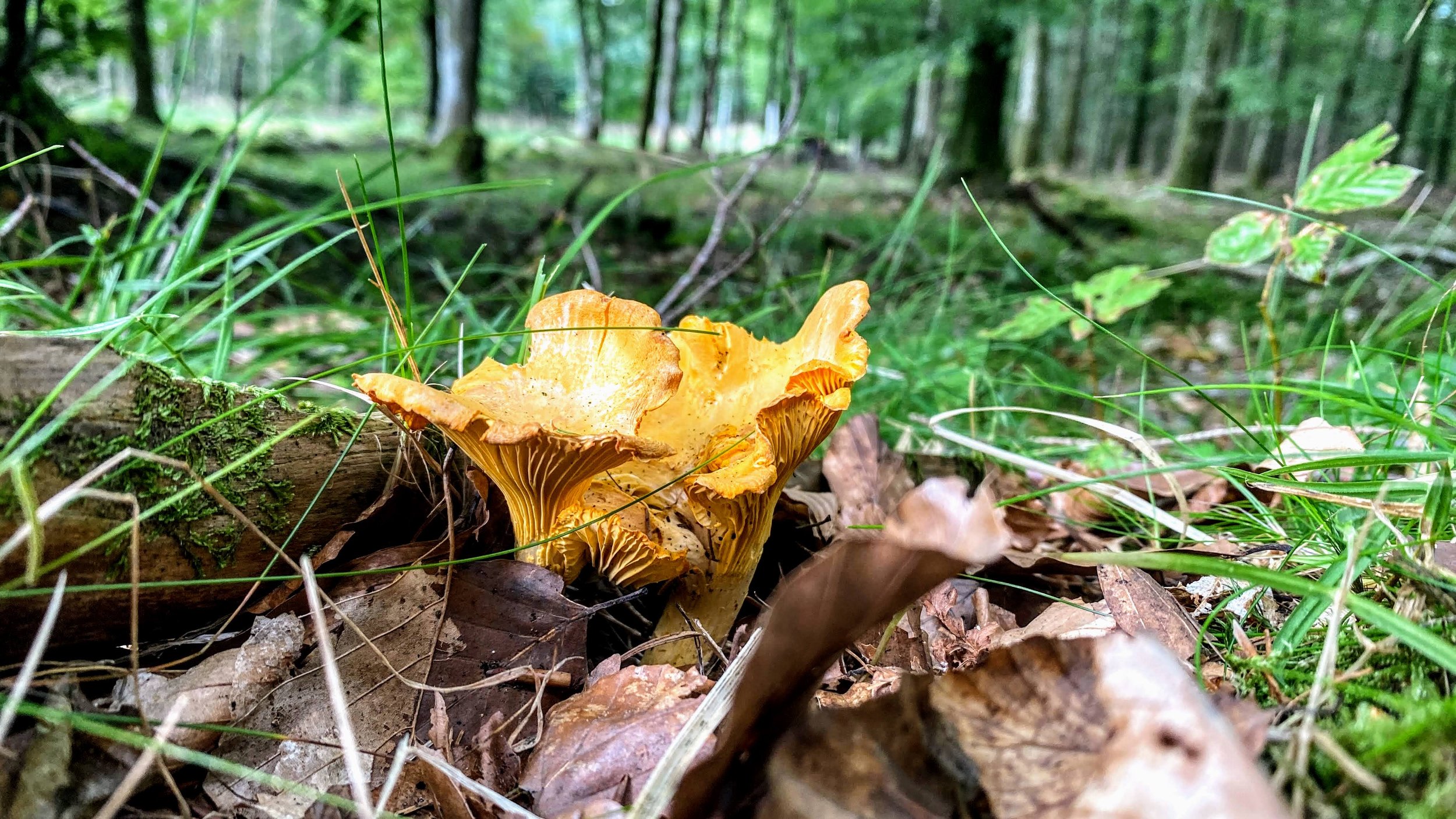Gyromitra Esculenta: The Forager's Pufferfish
Among the many treasures and perils of foraging, few fungi inspire as much awe and caution as the brainy Gyromitra esculenta. In Scandinavia it has the nickname of "edible rock morel.. But edible? Thats a stretch. This mushroom is the forager's equivalent of the pufferfish — edible but fraught with danger and death. Known by some as a great delicacy, it is hailed as one of the tastiest mushrooms in the world, occasionally gracing the menus of adventurous restaurants.
The appeal of Gyromitra esculenta lies in its reputedly exquisite flavor, particularly in mushroom sauces that we know folks to claim to be unparalleled. However, this delectable promise comes with significant risks. To render it safe for consumption, the mushroom must be cooked in water multiple times, a process that aims to leach out its toxic compounds. Despite these precautions, the mushroom retains a notorious reputation for its lingering toxicity.
Even when prepared with utmost care, the long-term consumption of Gyromitra esculenta is associated with a slew of health issues, including cancer and ALS. The potential dangers make it a subject of both fascination and wariness. For those intrigued by its storied culinary potential, a glance at its Wikipedia page offers a wealth of information and cautionary tales, painting a wild picture of this enigmatic fungus.
The big question is.. Do we eat it? The short answer is, no, not yet. Given the substantial risks, we've decided to delay our culinary experimentation with this mushroom until a much later stage in our life. If we wait until we grow old, we won’t be ailed by any of the long-term effects.
Until then, we focus on foraging and drying a stash of these intriguing specimens, appreciating their place in the forest's ecosystem from a safe distance.











